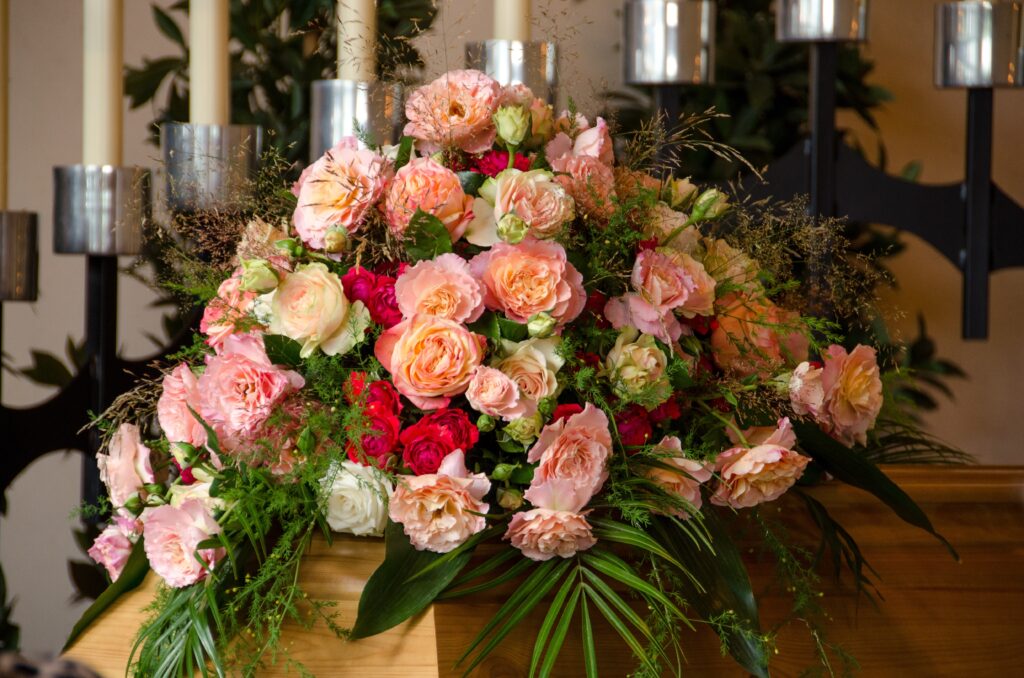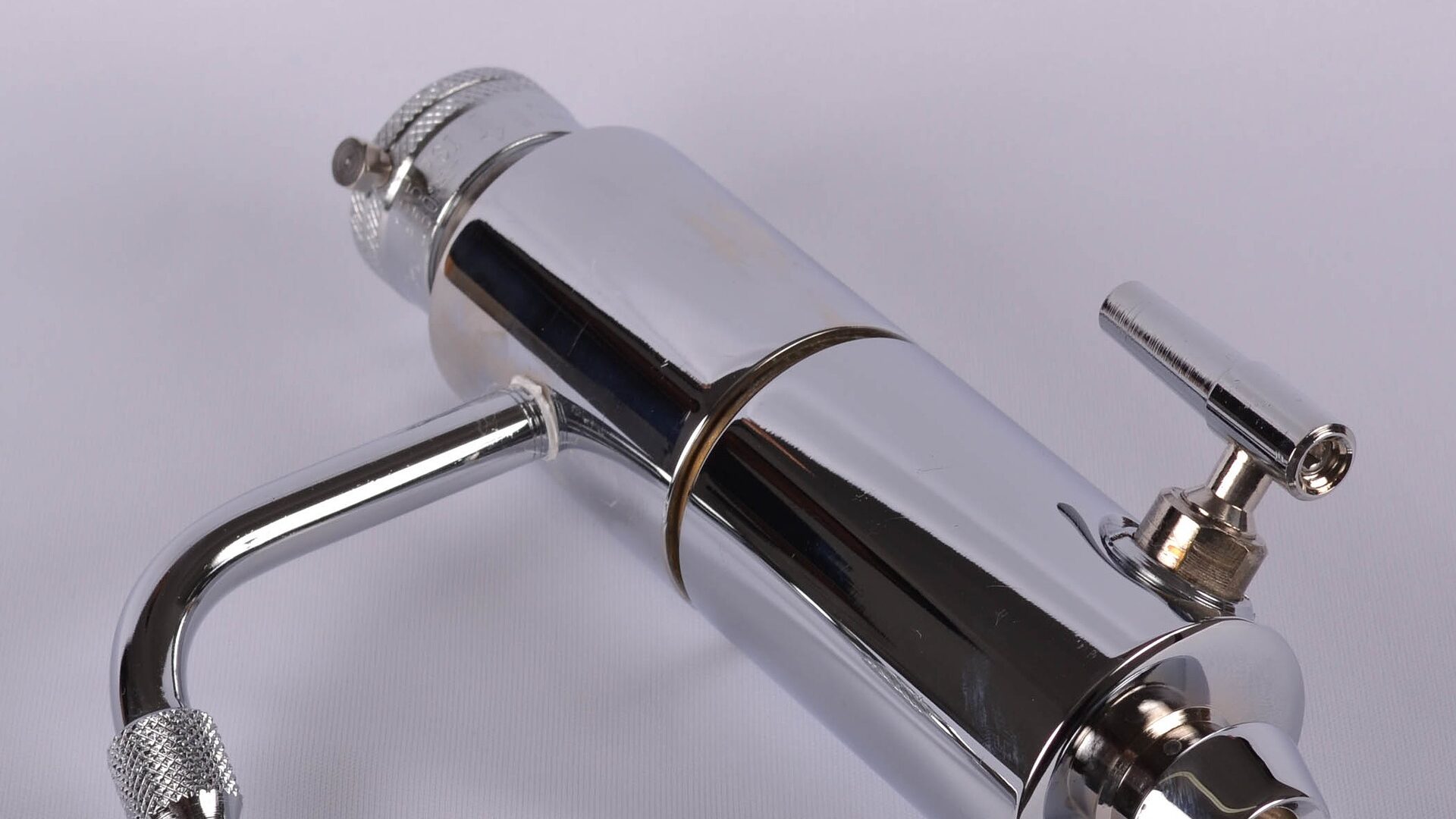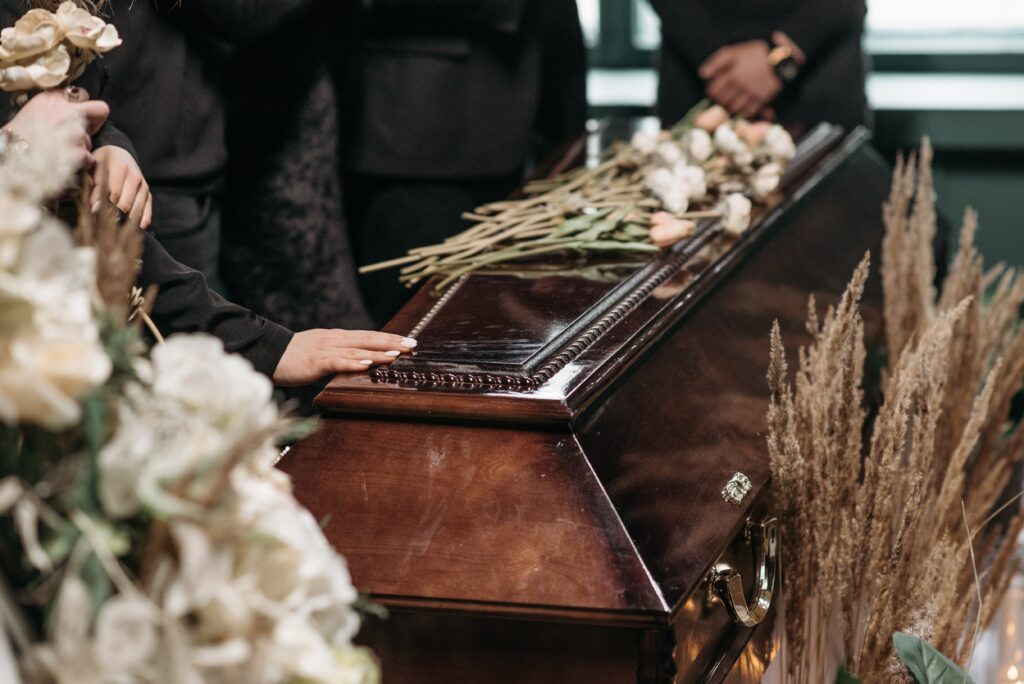
For most of us, death is not exactly a subject we need to deal with every day. For that reason, many people have no idea what their rights are when it comes to handling the body of a deceased loved one, and may just assume that everything typically done is what legally needs to be done, and that they have no say in the matter. Maybe you’re fine with staying as “hands-off” as possible, but… do you have to? Let’s find out.
Home Funerals
Many people assume that a body must go straight from the place of death to a morgue, mortuary, and then burial or cremation site. But that’s not necessarily true. If the death is expected, you have the right to have your deceased loved one at home for any kind of viewing that’s right for you, them, and your family (within limits). There will be certain states that may require the involvement of a funeral director or other mortuary professional in some way or another though, so just make sure to check your local laws and ordinances when it comes to having a funeral at home.
If you do choose this route, you are free to wash, dress, prepare, and sit with your loved one as you like. Contrary to popular belief, if a person dies without an infection of a contagious disease, a dead body itself is safe to be around.
It’s also important to note that, if your loved one’s death is unexpected, you will need to report it to the police, who may report it to the coroner, in the event that an investigation needs to take place. And if you are unsure whether your loved one’s death falls into this category or not, it’s better to report it just to be safe.
…And of course, it’s also important to make sure your loved one has been pronounced legally dead by a qualified professional before going forward with any arrangements. It may also be easier to hire a funeral home for filing legal paperwork, transportation, professional preparation, etc.
The Funeral Rule
The Funeral Rule, enforced by the federal trade commission, ensures that you as a family member retain certain rights, such as the right to only buy goods and services you need or want, shop around for the best funeral homes and packages for your needs, and select the funeral arrangements that are right for you. Some other rights include:
- Getting pricing information from a funeral home up front, even over the phone
- Getting a written, itemized price list from the funeral home of your choice
- Seeing a written casket price list before you see the actual caskets
- Seeing a written burial container list before you see the burial containers
- Receiving an itemized, written list of what you are buying before you pay for it
- Receiving a written explanation of any and all legal requirements of the cemetery or crematorium your loved one is going to
- Allowance for an “alternative container”, such as unfinished wood, pressed wood, fiberboard, or cardboard, to be used for cremation
- Using a casket or urn purchased elsewhere to be used at the funeral home of your choice during services
- Making funeral arrangements that do not include embalming of the body.
Navigating final expenses and funeral arrangements can be overwhelming and emotional. Don’t try to do it alone; you can get help from a friendly expert, free of charge, by filling out a simple online form here.


